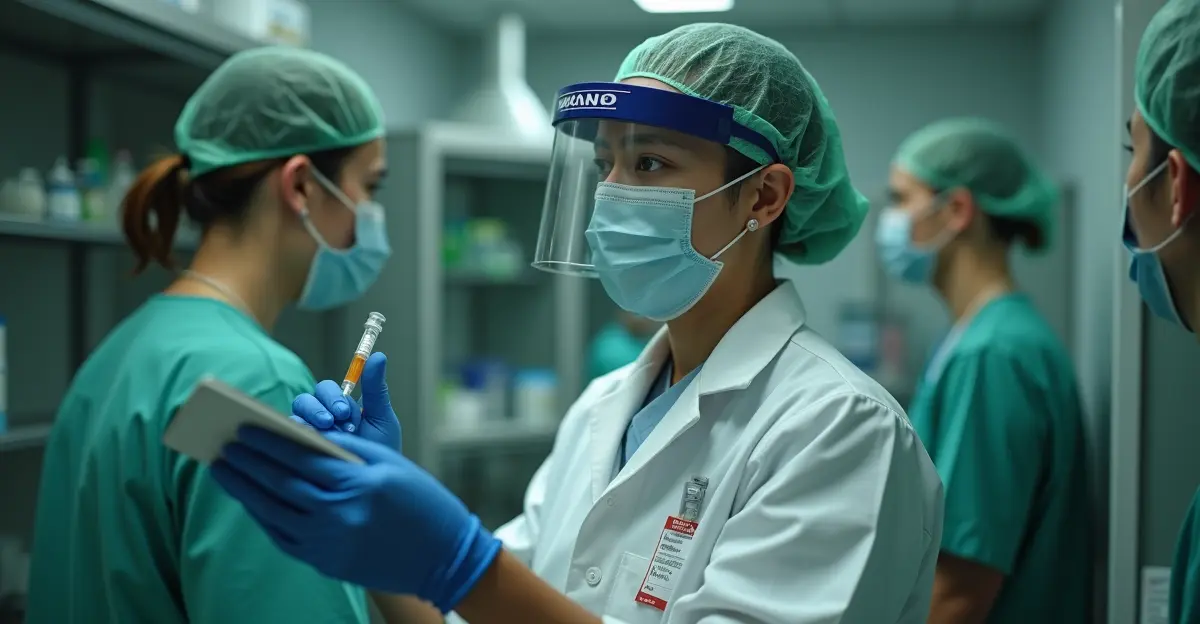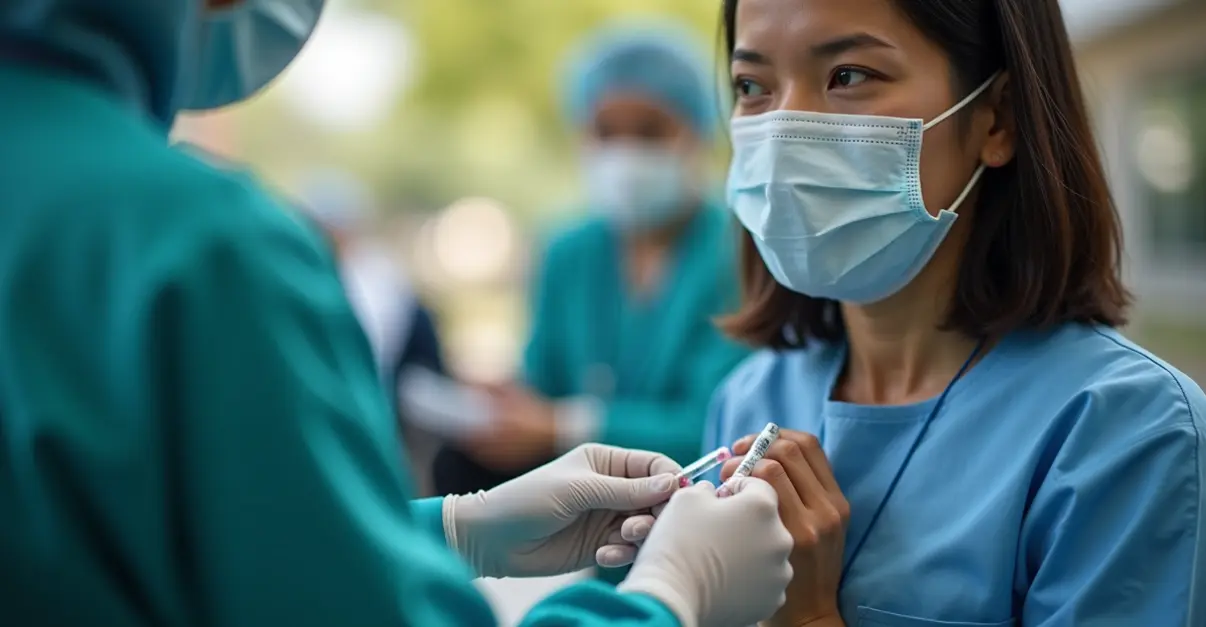WHO releases 2025 emergency vaccine guidance focusing on distribution prioritization, cold chain logistics, and safety communications to address global immunization challenges and ensure equitable access.

Global Health Organization Takes Action on Vaccine Distribution Crisis
The World Health Organization has released comprehensive emergency guidance for vaccine distribution in 2025, addressing critical challenges in prioritization, cold chain logistics, and safety communications. This comes as global immunization efforts face mounting pressures from new disease outbreaks and supply chain disruptions.
Distribution Prioritization Framework
The new WHO guidance establishes a clear framework for vaccine distribution prioritization, focusing on reaching the most vulnerable populations first. 'Our priority must be protecting those at highest risk while ensuring equitable access across all communities,' stated Dr. Maria Santos, WHO's Director of Immunization. The framework emphasizes reaching "zero-dose" children and populations in conflict zones where immunization rates have historically lagged.
The guidance recommends that countries develop national prioritization plans based on epidemiological risk, population vulnerability, and healthcare system capacity. 'We've learned from recent emergencies that a one-size-fits-all approach doesn't work. Each country must tailor their strategy to local conditions,' explained Dr. Santos during the announcement.
Cold Chain Logistics Challenges
Maintaining the vaccine cold chain remains one of the most significant challenges in global immunization efforts. The WHO guidance addresses this through updated protocols for temperature-controlled supply chains from manufacturing facilities to administration sites. WHO's Essential Programme on Immunization has identified supply chain strengthening as a key priority under the Immunization Agenda 2030.
'Proper vaccine storage is non-negotiable. We've seen too many instances where vaccines lose potency due to temperature excursions,' noted Dr. James Chen, a cold chain logistics expert. The guidance recommends using purpose-built pharmaceutical-grade refrigerators and freezers, along with continuous temperature monitoring using digital data loggers.
Safety Communication Strategies
Effective communication about vaccine safety forms a crucial component of the new guidance. The WHO emphasizes developing comprehensive communication plans at the country level to address public concerns and combat misinformation. WHO's vaccine safety communication guidance focuses on three key situations: explaining vaccine benefits and risks, addressing public concerns, and preparing for vaccine safety crises.
'Transparent communication builds trust. We need to engage communities in dialogue rather than simply delivering messages,' said Dr. Sarah Johnson, WHO's lead on vaccine safety communication. The strategy includes leveraging social media and online sources to complement traditional communication channels, particularly important in the post-pandemic era.
Implementation and Global Cooperation
The guidance comes at a critical moment as the world reaches the midpoint of Immunization Agenda 2030. Recent data shows that current progress is off-track, with rising outbreaks of measles, yellow fever, and other preventable diseases. The Seventy-eighth World Health Assembly concluded with renewed momentum for global immunization efforts, including the adoption of the historic Pandemic Agreement that commits to equitable vaccine access.
'This isn't just about distributing vaccines; it's about building resilient health systems that can withstand future shocks,' emphasized Dr. Santos. The guidance calls for increased political will and resources to close the immunization gap, highlighting that immunization provides a strong economic return of $54 for every dollar spent.
Countries are expected to begin implementing the new guidance immediately, with WHO providing technical support and monitoring progress through its global network. The success of these measures will be critical in protecting vulnerable populations and preventing future disease outbreaks.

 Nederlands
Nederlands
 English
English
 Deutsch
Deutsch
 Français
Français
 Español
Español
 Português
Português









